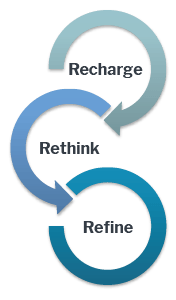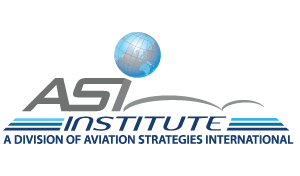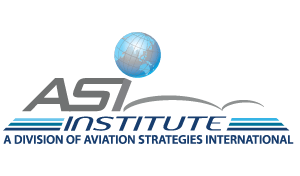Strategic Competency Building
Although an airport's infrastructure represent major capital investment in its resources, namely, airside infrastructure and facilities and passenger terminal buildings runways, systems, etc., the organization’s greatest asset is its people. When an organization invests in its people it can boost its productivity more than any other spend. Decision makers need to be equipped with the proper skillset and competencies and a robust competency building process for its human capital can engender the best return.

Learning and Development Technologies
 The ASI-Institute has distinguished itself by providing customized blended learning solutions that match real learning and development needs and integrate seamlessly to make distinguishable, notable impacts:
The ASI-Institute has distinguished itself by providing customized blended learning solutions that match real learning and development needs and integrate seamlessly to make distinguishable, notable impacts:
- Strategic realignment
- Selection of optimum structures and processes
- Identifying the critical learning path and desired performance-based outcomes
- Identifying technologies and strategies that best support learning and development projects
- Developing learning material
- Developing case studies, problem-based learning, and experience-based learning modules
- Coaching managers and internal resources to adapt to the new learning and development realities
- Designing learning assessment strategies that measure the real impact
Competency Building Master Plan
ASI-I is a uniquely qualified aviation management talent development advisor:
| It works jointly with air transport organizations in growth or change, to champion talent development as a key pillar of change management | It focusses uniquely on talent development for managers and executives, while applying the best proven techniques for working with this niche group | ||
| Its experienced, skilled educational technologists design and develop an array of customized learning solutions, leveraging technology, as necessary | It employs subject matter experts and instructors who possess a full understanding of contemporary key issues in air transport | ||
| It can design, develop, and administer a successful accreditation program, e.g. the ACI-ICAO Global AMPAP, or other in-house management development programs custom-built for an organization | It is an ICAO TRAINAIR PLUS Full Member and delivers ICAO training competency development courses via its Standard Training Packages (STPs) |

